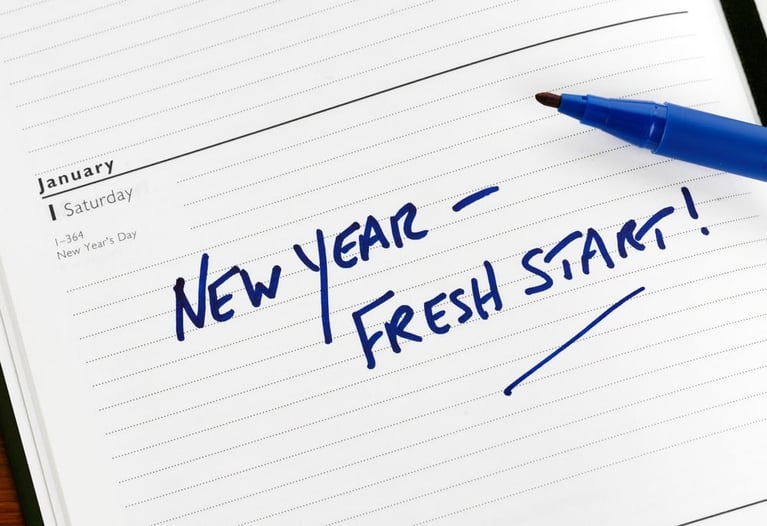What is going on inside a creative brain? Does the brain look different when we draw a picture or play an instrument versus calculating math problems? How does the brain produce creative thought?
We all need to be creative in our daily lives, whether it’s developing a marketing campaign for a new product, planning a surprise birthday party for a family member or making a Halloween costume out of trash bags and balloons. Simply stated, creativity is the ability to come up with new ideas.
Psychology and neuroscience researchers have started to identify thinking processes and brain regions involved with creativity. Recent evidence suggests that creativity involves complex interaction between a spontaneous flow of ideas and a deliberate and critical evaluation of them.
Developmental psychologists maintain that our world view and our ability to think creatively begins to change about the time we leave elementary school. A landmark longitudinal study conducted between 1959 and 1964 involving 350 children found that around 4th grade the freedom to wonder declines sharply.
Since then, other researchers have explored this idea of nurturing creative thought. In a 2010 study at North Dakota State University, psychologists divided a large group of undergraduate students into two groups. The first group was given the following prompt:
You are 7 years old. School is canceled, and you have the entire day to yourself. What would you do? Where would you go? Who would you see?
The second group was given the same prompt but instead of considering it from the perspective of a 7 year old – they remained in their adult mindset.
The students were given time to write a response and then given various creative tasks. The researchers found that the students who were given the first prompt – think like a 7 year old - exhibited higher levels of creativity and originality than did those in the second group. Perhaps even more significant was that the effect was especially pronounced with subjects who identify themselves as introverts.
What’s the science behind it?
The emotional brain is fully functional by about age 12. But the prefrontal cortex (the region that controls executive functions such as complex cognitive behavior, decision making, and social control) doesn’t fully mature until the mid-twenties. So, in the early grades, students create with relative freedom. The purple cow is deemed creative and imaginative. By fifth grade, the prefrontal cortex is showing signs of development specifically in the form of inhibitions. Students begin to moderate their behavior based upon judgment from others.
By high school, students are very much aware of how others view their work and most of their academic experiences have centered around “the right answer” rather than innovative thinking. Purple cows no longer exist and we begin to associate being "wrong" with a penalty or consequence. Our prefrontal cortex trumps creativity.
Advances in brain imagery technologies have enabled neuroscientists to make significant gains in isolating where creativity lives in the brain. Many parts of the brain influence creativity but creative drive is primarily the level of communication between the two lobes of the brain. The corpus callosum, the part of the brain that connects the two lobes, is thicker in diameter in people who score highly on creativity tests. The thicker the corpus callosum, the more efficiently the brain makes neural connections.
After Albert Einstein’s death, neuroscientists discovered that he had a freakishly large corpus callosum. Maybe that explains why he was able to envision riding through space on a beam of light and calculate how long it would take.
But, creativity is not just determined by the activated regions of the brain. Recent studies show that the neurotransmitter norepinephrine is greatly reduced when we’re engaged in highly creative tasks. Norepinephrine is associated with long-term memory, which is important… but not when we want to be creative. Reducing the flow of norepinephrine during creative thinking helps the brain to forget what it already knows and enables the discovery of novel connections and new ideas. Manage stress and avoid stimulants such as caffeine (coffee, energy drinks, etc.), guarana and kola nut which raise norepinephrine levels and increase anxiety.
The enemy of creativity isn’t a lack of imagination; it’s a commitment to the prior art. So, the next time you want to tap into your creative brain, start by tapping into your inner child.








